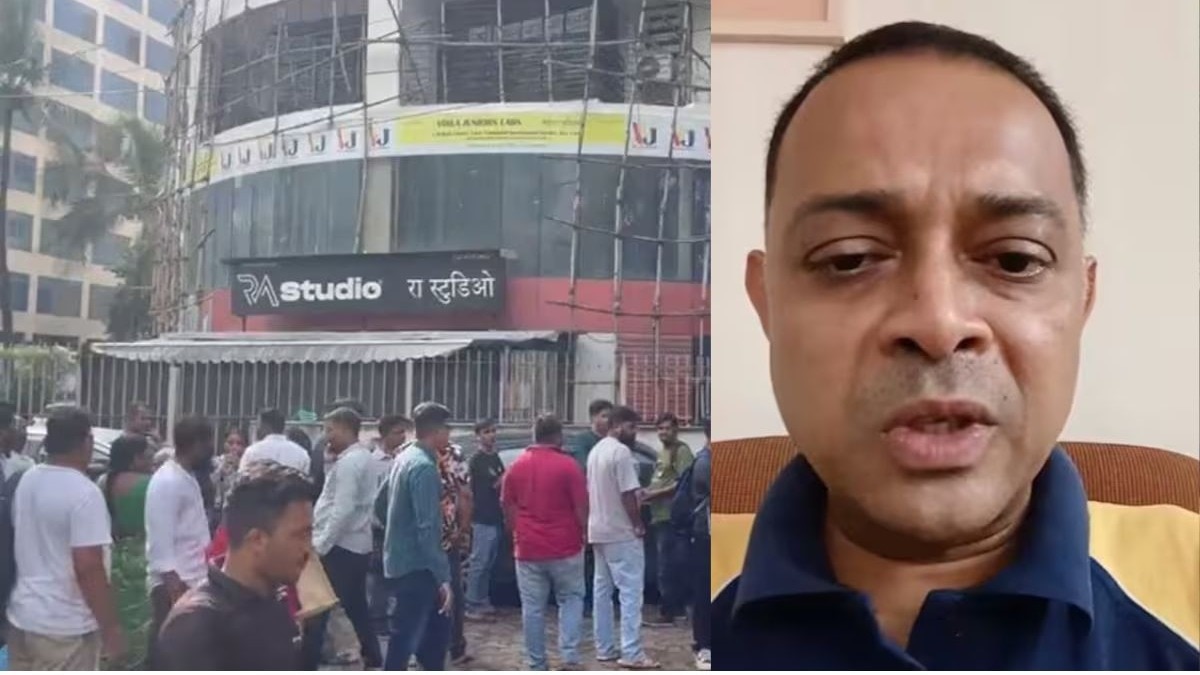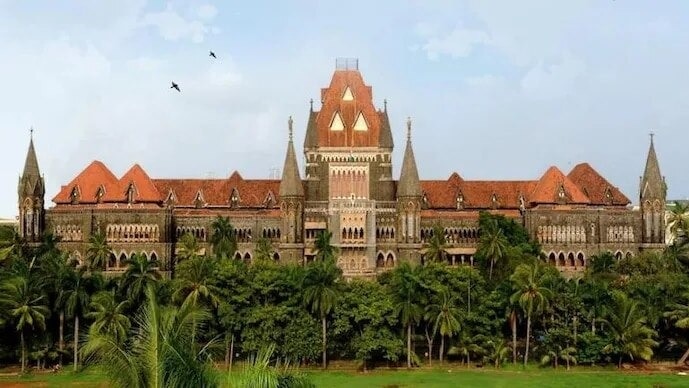ARTICLE AD BOX
When Jammu and Kashmir Police noticed Jaish-e-Mohammed (JeM) posters in Srinagar's Nowgam area in mid-October, little did they realise that they were unravelling a well-knit and 'sophisticated' inter-state white-collar terror module, involving doctors and others linked to their handlers in Pakistan.
The module is now in the limelight for its alleged involvement in a car blast near Delhi's iconic Red Fort that killed 10 people and left 20 others injured on Monday evening. Here's a chronology of how the case panned out and exploded into a dangerous terror module that threatened to launch a large-scale attack on Delhi from beyond Kashmir's borders.
October 19: During the investigation into the poster propaganda case, authorities arrested Irfan Ahmed, a cleric operating out of Shopian, and a paramedic from GMC Srinagar. Police sources said that Irfan played a key role in radicalising the doctors. Irfan’s questioning provided critical insight into the magnitude of the operation, as investigators learned the group was using advanced encrypted communication systems to avoid detection by security agencies.
November 5: Based on information from Irfan and Nowgam CCTV footage, police traced Dr Adil Rather to Uttar Pradesh's Saharanpur and brought him to Srinagar for questioning. During questioning, Adil began singing and revealed chilling details about the bombing plot, the explosives' storage location in Faridabad and details about his accomplices, including Dr Muzamil Shakeel and Dr Shaheen Shaheed.
November 8: Following Rather's statements, J&K Police, with the support of Haryana Police, arrested Dr Shakeel from Al Falah University. He was brought to Srinagar for further questioning. Meanwhile, an AK-47 rifle was recovered from Dr Adil’s old locker at GMC Anantnag, indicating the module's preparedness for violent action and raising concerns about the extent of their armament.
November 9: Intensive interrogation of Dr Rather and Dr Shakeel led police to recover a whopping 2,900 explosives of suspected ammonium nitrate, a chemical used in making explosives, in Dr Shakeel's rented room near his Faridabad hospital.
During questioning, Dr Shakeel informed the police about Dr Umar Nabi, the prime suspect of the Delhi blast and who is also linked to the terror module. Further revelations resulted in the arrest of Dr Shaheen, who was believed by intelligence agencies to be closely working with Dr Shakeel and was believed to be heading JeM's women's wing.
November 10: The investigation escalated when, on November 10, a car bomb exploded near Delhi’s Red Fort. Through CCTV analysis and eyewitness accounts, investigators found out that the explosive-fitted Hyundai i20 was being driven by none other than Dr Umar, who was on the run following the terror module expose. Dr Umar is believed to have carried out the blast in panic following the arrest of his aides.
November 11: A day after the Red Fort blast, security agencies intensified their investigation into the broader inter-state terror conspiracy. The probe led to the detention of six individuals from Pulwama - Tariq, Aamir (alleged SIM card provider), Umar Rashid (Aamir's brother), Ghulam Nabi (Dr Umar's father), Dr Sajjad Malla (Dr Umar's friend) and Shameema Begum (Dr Umar’s mother, for DNA testing). These developments indicated both the complexity and reach of the module across state lines.
The events following the initial poster incident in Nowgam illustrate how what appeared to be a minor propaganda case exposed an extensive and organised white-collar terror network. The involvement of medical professionals, encrypted communication and their direct links to Pakistani handlers set this case apart from prior terror conspiracy cases.
- Ends
Published By:
Prateek Chakraborty
Published On:
Nov 12, 2025
Tune In

 1 hour ago
4
1 hour ago
4








 English (US) ·
English (US) ·